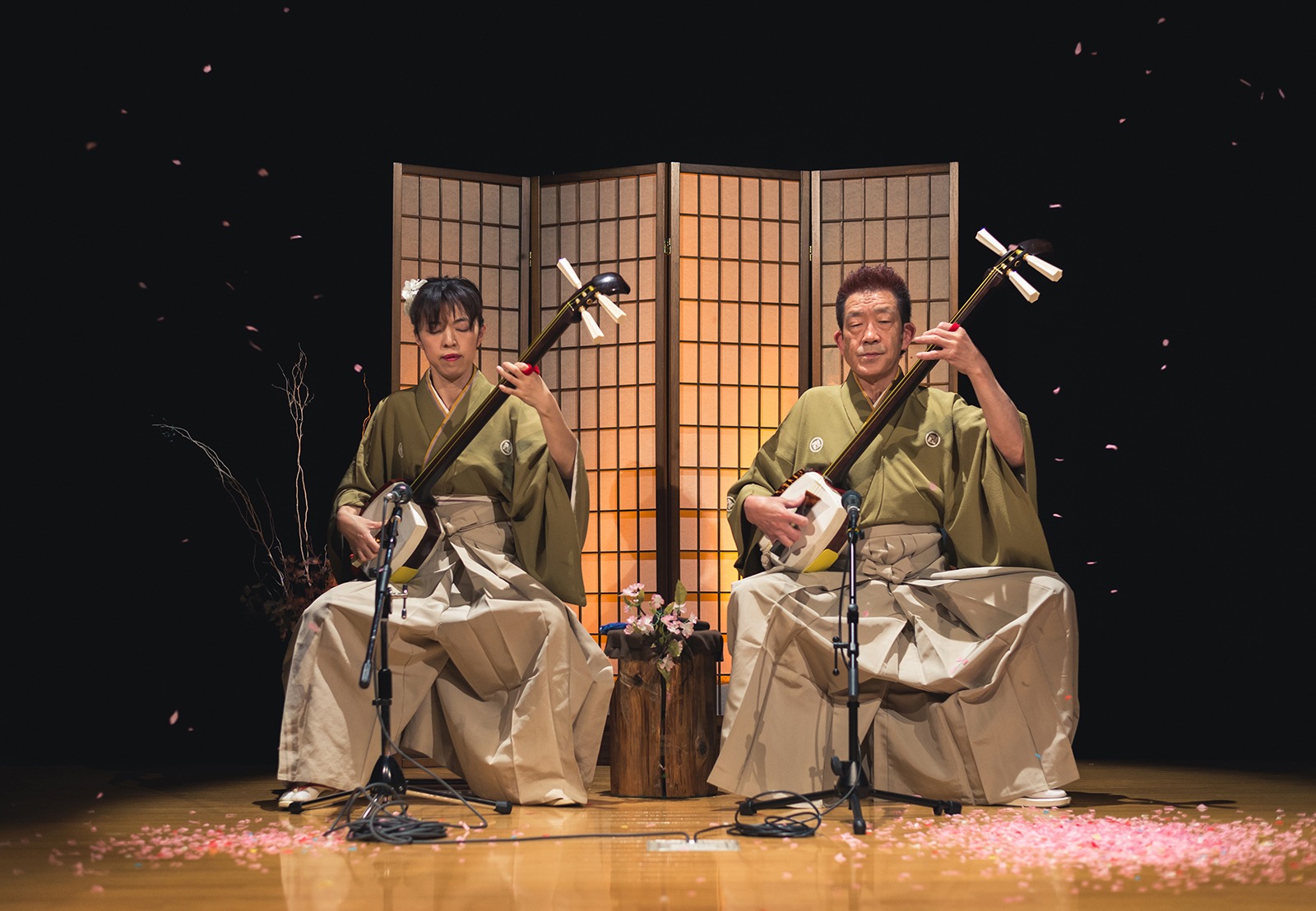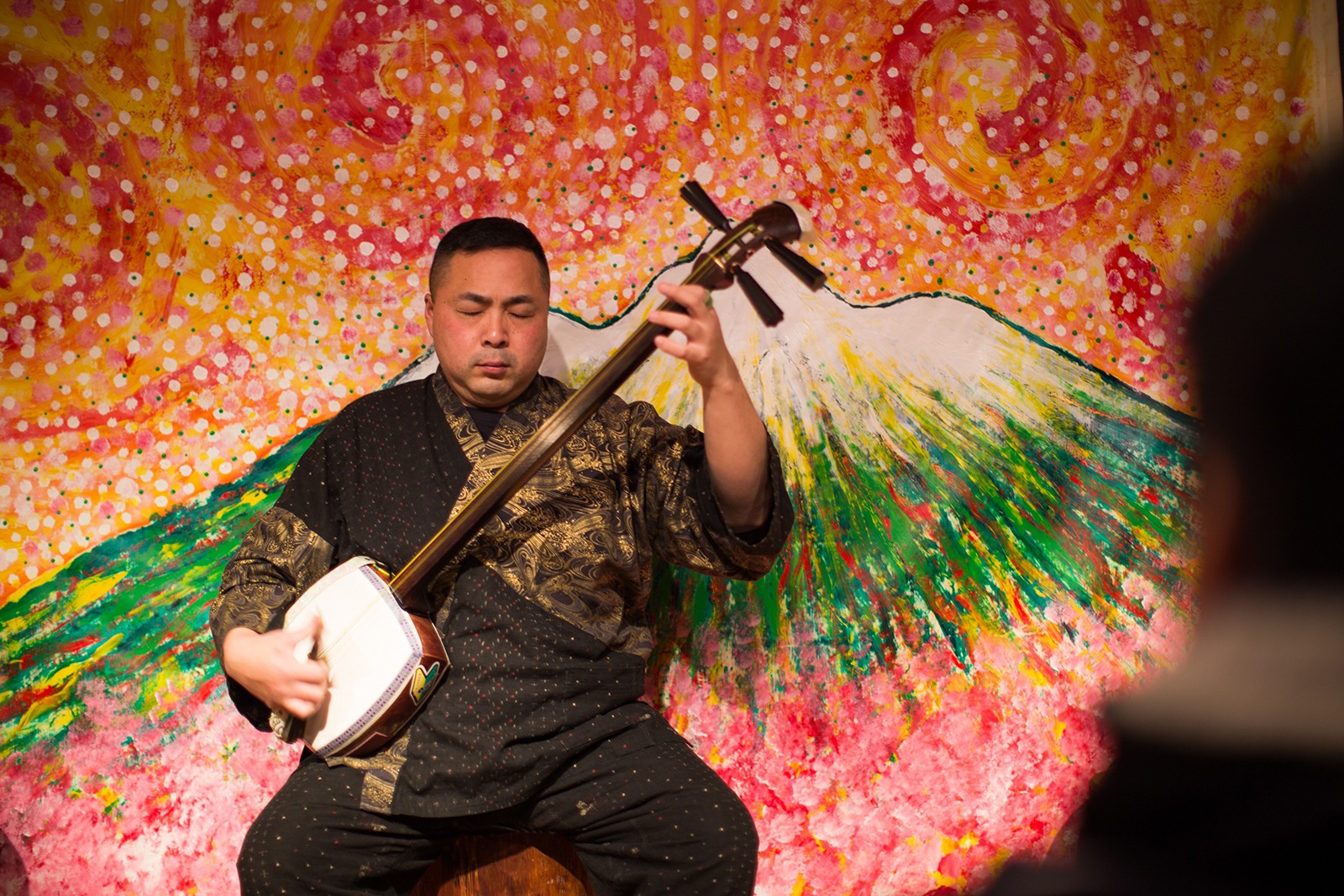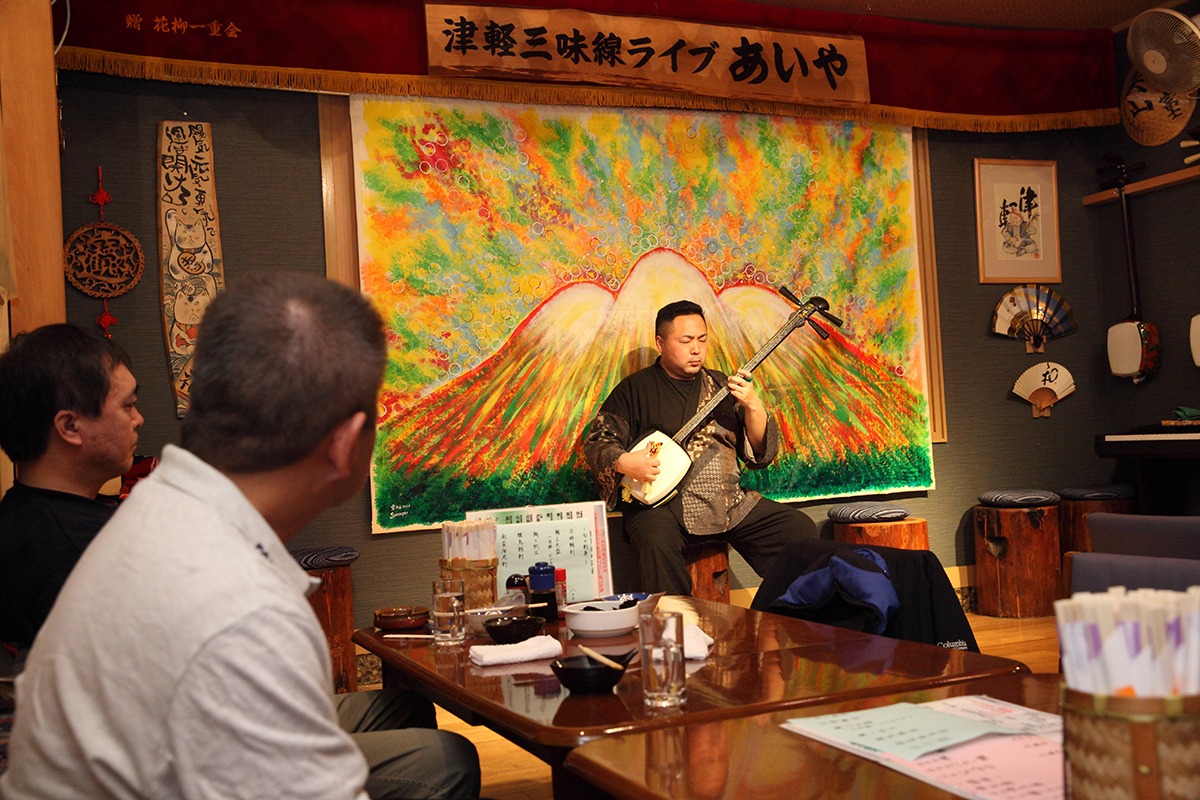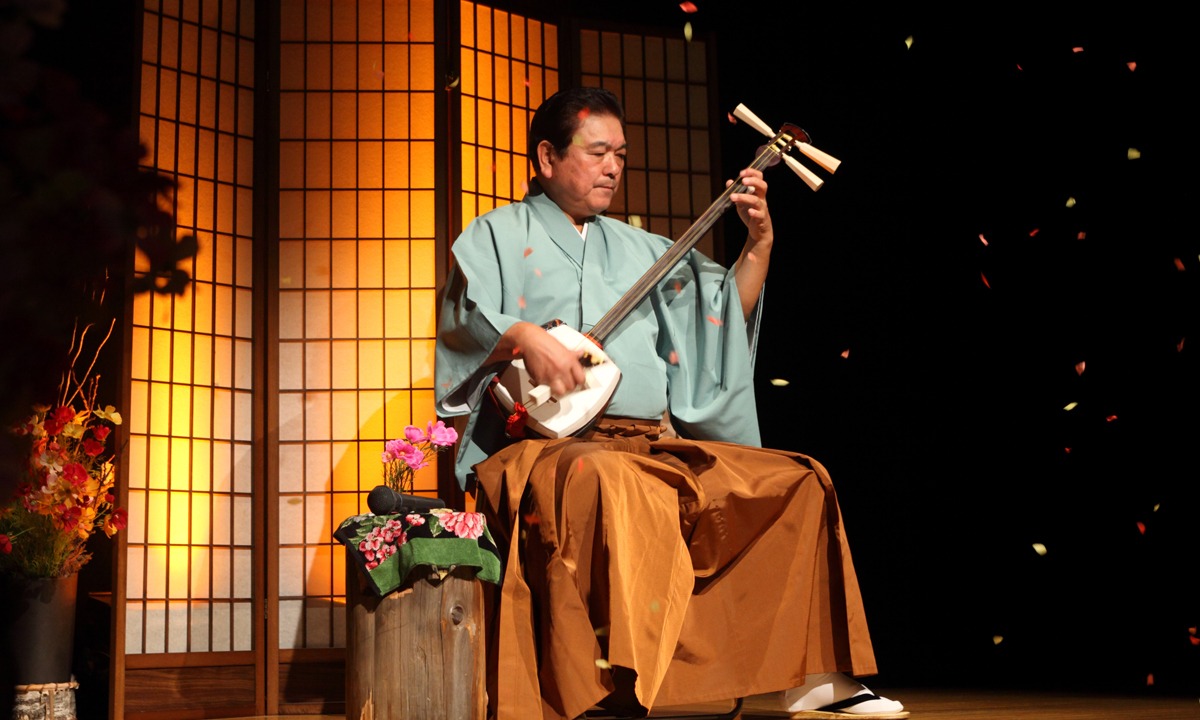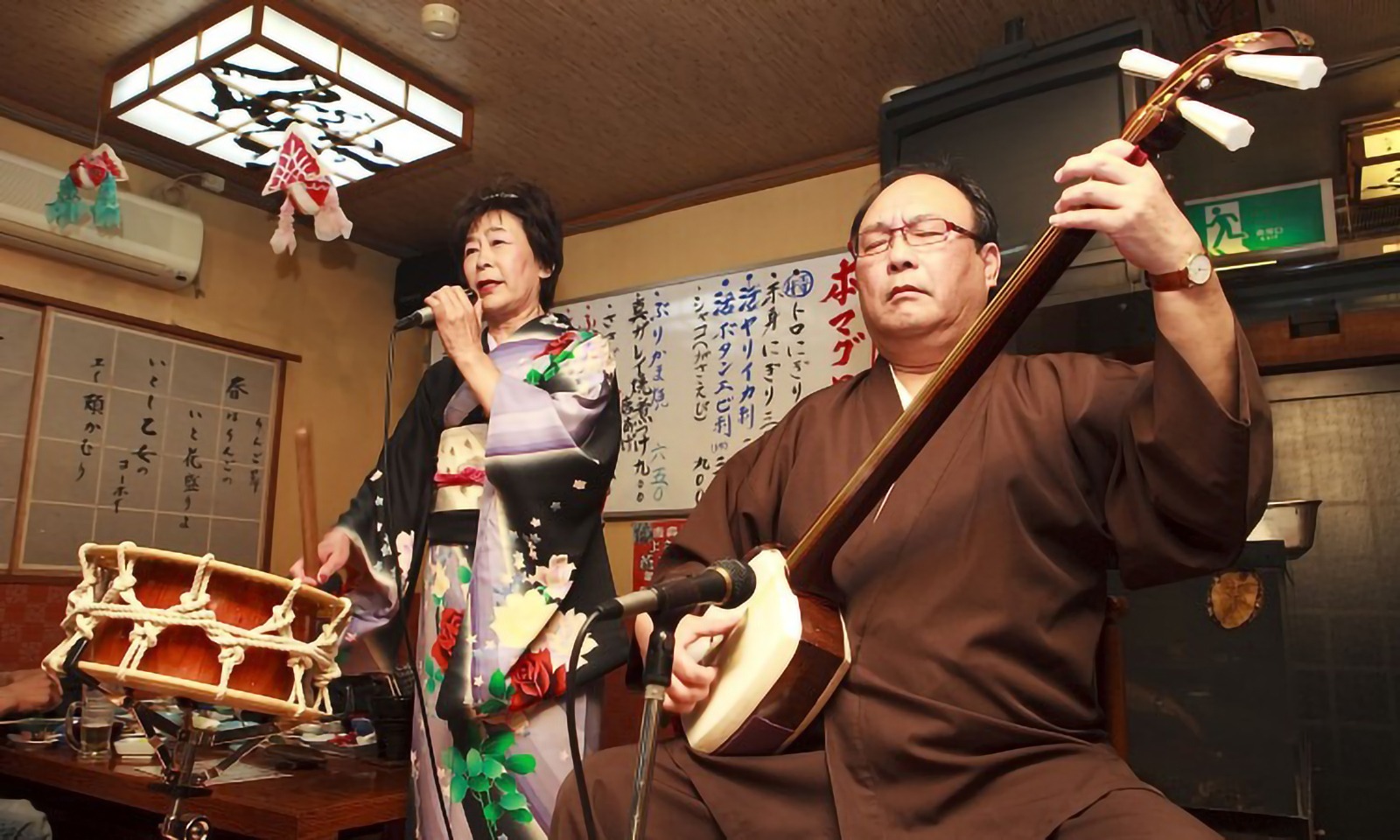Tsugaru shamisen, Aomori’s very own “hard-rocking” folk music with a unique history
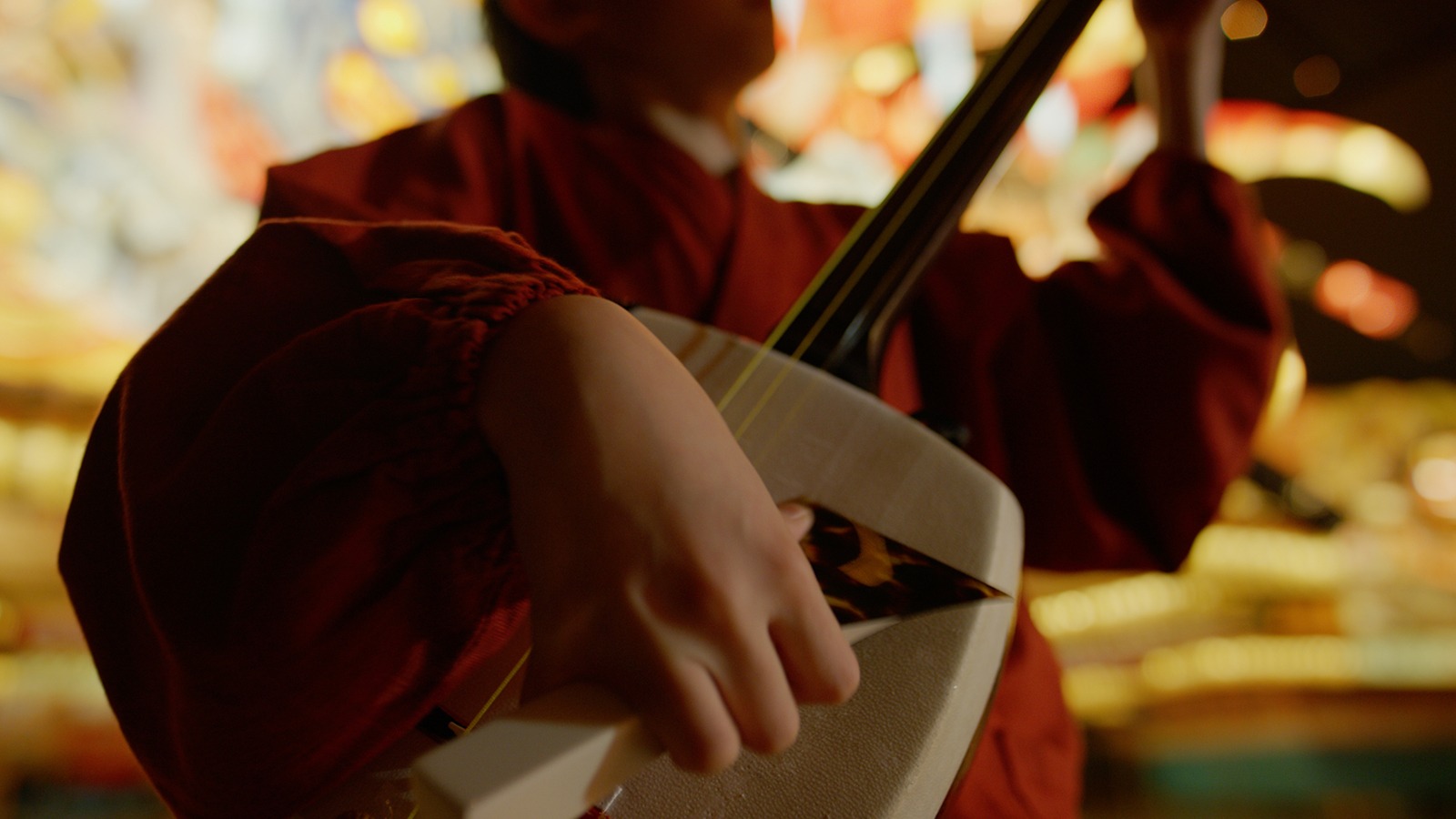
Tsugaru shamisen (sometimes written as jamisen) refers to both an instrument and a traditional genre of music. You may already be familiar with its sound thanks to internationally popular Japanese artists such as the Yoshida Brothers and Wagakki Band, or perhaps you know about it from the anime Mashiro no Oto (“Those Snow White Notes”). In fact, Tsugaru shamisen is probably the most widely recognized genre of shamisen music both in Japan and abroad. Even though Tsugaru shamisen has won fans all over the world, it still remains deeply tied to the Tsugaru region of Aomori Prefecture, where its unique and colorful history began.
What is the shamisen?
The shamisen is a three-stringed Japanese instrument played by striking the strings with a plectrum, known as bachi. In terms of Western instruments, it is sometimes compared to the guitar or banjo. Originally derived from the Chinese sanxian lute, the shamisen was brought to Japan by way of the Ryukyu Kingdom (modern-day Okinawa) many centuries ago. The instrument used for Tsugaru shamisen differs slightly in shape from those used for other shamisen genres, with a thicker neck and strings and a smaller bachi plectrum. However, the most striking difference is actually in how it is played.
A “hard-rocking” playing style for a timeless sound
Compared to the more restrained shamisen playing that you might hear somewhere like Kyoto, Tsugaru shamisen is loud and exuberant. This is related to the origins of the playing style. Tsugaru shamisen is thought to have been developed in the late nineteenth century by traveling blind musicians of the Tsugaru region, who earned a living through street performances. Street musicians in those days needed to play loudly to attract an audience, since there was no technology like microphones or loudspeakers. To achieve a more robust sound, they would hit the strings hard with the bachi plectrum as if beating a percussion instrument, resulting in an intense and acrobatic playing style. This is a big reason for Tsugaru shamisen’s enduring popularity, as it makes the instrument well suited to diverse genres—even modern ones like rock and jazz. Watching a particularly dynamic Tsugaru shamisen performance, you might be tempted to compare the player’s agile plucking to “shredding” on an electric guitar.
The “bluegrass” of the Tsugaru region
In addition to the energetic playing style, some other distinguishing features of Tsugaru shamisen are its fast-paced rhythms, lilting melodies, flashy finger work, and heavy emphasis on improvisation. For these reasons, as well as its lively yet somehow mournful sound, many people have commented on the similarities between Tsugaru shamisen and American bluegrass music. The pieces in the traditional Tsugaru shamisen repertoire have been passed down for generations without sheet music, incorporating new improvisations almost every time they are played. In these songs, as exemplified by perhaps the most famous one, Tsugaru Jonkara Bushi, you can hear the powerful spirit of the everyday people of Aomori—its persevering farmers, hunters, and fishermen. It’s also easy to imagine how the rhythms and melodies of Tsugaru shamisen might have been inspired by the natural features and climate of the Tsugaru region, with its howling winds and fierce snowstorms.
Where you can hear Tsugaru shamisen in person
Tsugaru Shamisen Hall is a museum and performance venue dedicated to Tsugaru shamisen and located in Kanagi-machi in Goshogawara City (the alleged birthplace of Tsugaru shamisen). At this facility, you can view exhibits about the history of Tsugaru shamisen as well as local performing arts and listen to live performances, which are held several times a day in the concert hall.
Another place where you can watch Tsugaru shamisen performances is Tsugaru-han Neputa Village in Hirosaki City. This facility based on the theme of the Hirosaki Neputa Festival offers various cultural experiences including taiko drumming and traditional Tsugaru arts and crafts as well as live Tsugaru shamisen performances multiple times a day.
To enjoy live Tsugaru shamisen music in a more casual environment, you can also pay a visit to an izakaya (Japanese-style pub) in the Tsugaru region. Tsugaru Joppari Isariya Sakaba and Nebuta-no-Kuni Takakyu in Aomori City both host nightly performances in addition to serving authentic Tsugaru cuisine (live performances generally start around 7:00 p.m.). This more intimate and interactive format will bring you back to Tsugaru shamisen’s roots in impromptu street performances. Listening to the sounds of Tsugaru shamisen while savoring delicious local food and sake is a one-of-a-kind experience that no visitor to Aomori will want to miss.
